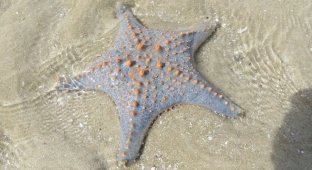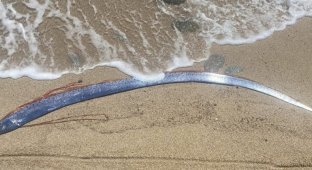A bizarre fish uses leg-like appendages to probe the seabed for prey, a new study suggests. The gurnard has the body of a fish, the wings of a bird, and six limbs. 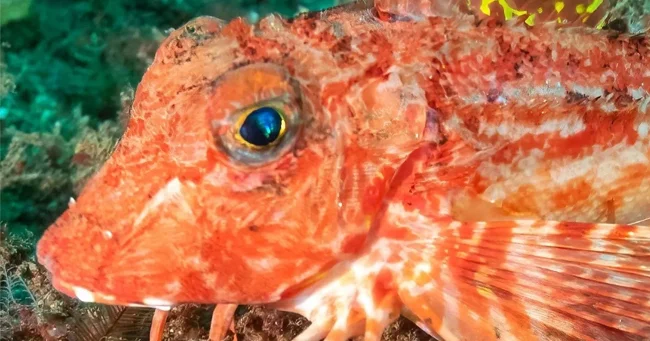
Scientists from the Universities of Cambridge and Stanford have discovered that these "legs" are sensory organs for detecting prey - mussels and other mollusks.
The research data is published in the journal Current Biology.
Professor Nicholas Bellono of Harvard University shared his opinion: "This fish essentially made its own legs using the same genes that make our limbs. Then it adapted them to find prey. It's really impressive." 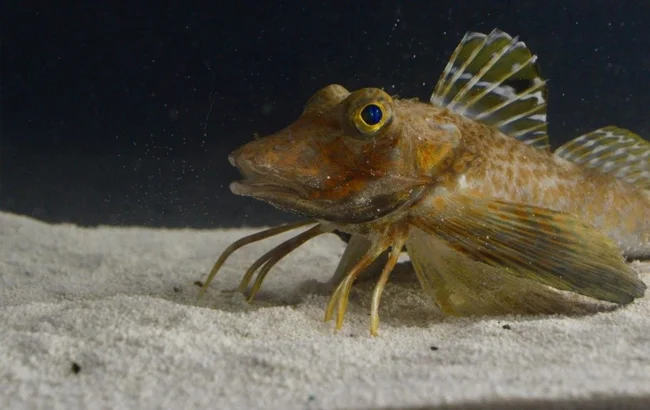
Professor Bellono, along with Professor David Kingsley of Stanford University and colleagues, didn't set out to study gurnards. They stumbled upon the bizarre species during a trip to the Marine Biological Laboratory in Woods Hole, Massachusetts.
The researchers noticed that other fish followed the gurnards, apparently because of their ability to detect buried prey. They took some of the species back to the lab to study this further.
The team found that the gurnards could indeed detect crushed and filtered mussel extract, as well as individual amino acids. They also found that the fish's limbs were covered in taste buds. 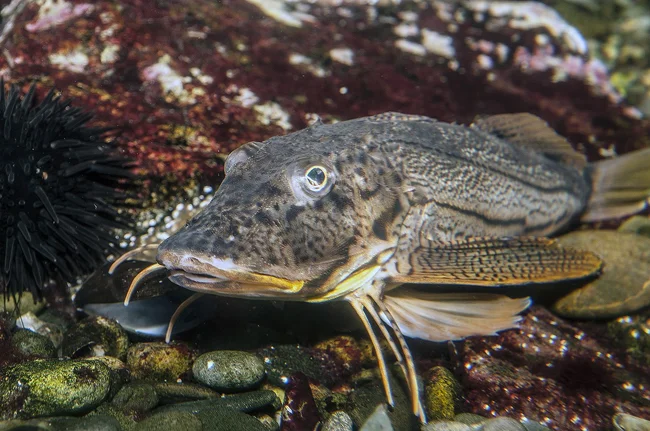
Professor Kingsley said: "We were initially struck by the 'legs' that distinguish gurnards from most other fish. However, we didn't expect that gurnards differed from each other in terms of the sensory structures on their limbs."
The second study allowed us to study the genetic basis of the unique abilities in more depth.
Genome sequencing, transcriptional profiling, and the study of hybrid species have clarified the molecular and evolutionary basis for the formation of "legs." The analysis revealed an ancient and conservative transcription factor called tbx3a. This same gene plays an important role in the formation of taste buds and the ability to dig.
It turned out that not all representatives of the species have taste receptors on their appendages. For example, gurnards, which can dig, have limbs that resemble spatulas and are covered in receptors. And in primitive relatives, the "legs" are similar to a rod and are used only for movement.
Add your comment
You might be interested in:












